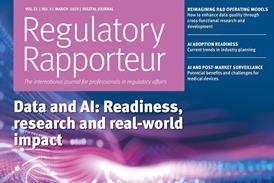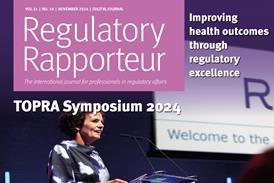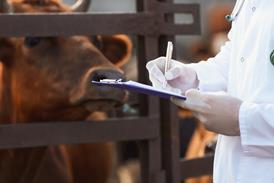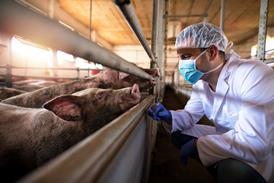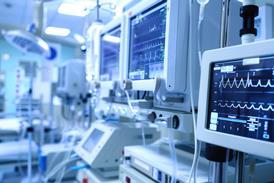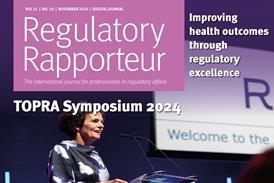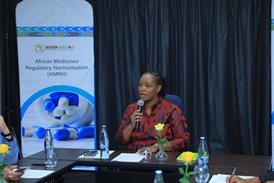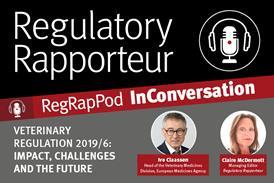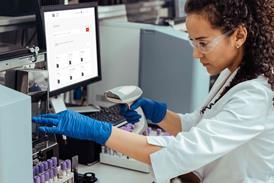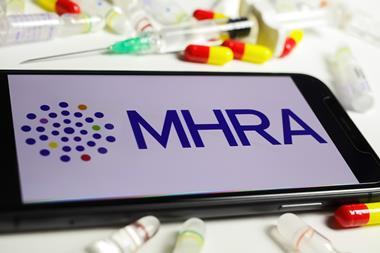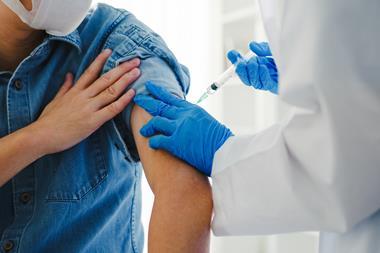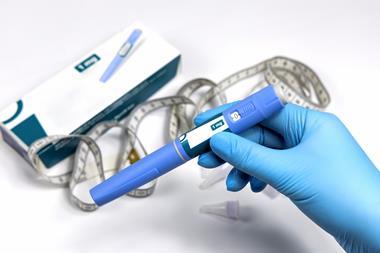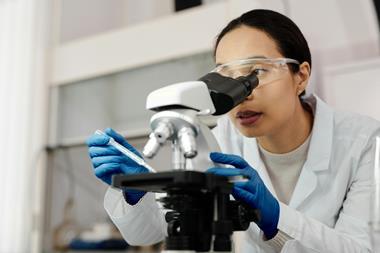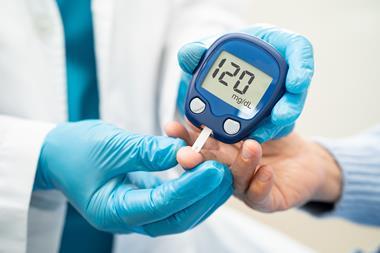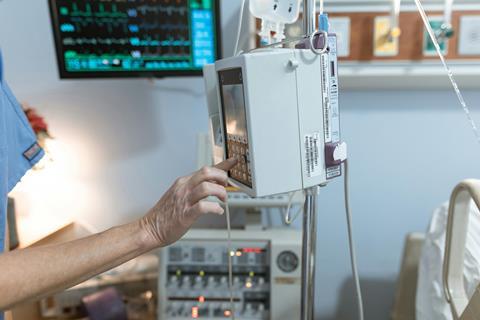
The European Medicines Agency (EMA) has established a standard procedure for manufacturers of high-risk Class III and Class IIb medical devices to request scientific advice.
The procedure aims to improve the efficacy of higher-risk medical devices and enhance patient safety. The regulation of Class III and Class IIb devices is particularly important due to the complexities of their design. These devices are more prone to infection or device failure, especially when used over an extended period.
It is important to note that the EMA provides scientific advice ‘on the appropriate tests and studies required in the development or quality of a medicine’ or a medical device, and this can also be referred to as the ‘clinical evaluation consultation procedure’.
To help professionals with this procedure, the EMA has published several guidelines on how to submit scientific advice. In addition, it has provided a Guide to manufacturers on the procedure for requesting advice from expert panels on clinical investigations and/or clinical development strategies for high-risk medical devices.
The guidelines explain that manufacturers of Class III devices (including pacemakers, joint replacement devices and breast implants) and Class IIb active devices (such as infusion pumps and ventilators) are eligible to apply for advice. After the advice is received, the manufacturer shall:
- ‘Give due consideration to the views expressed by the expert panel’
- Record the device in the clinical evaluation report
The guideline also works in conjunction with ISO standards. For example, ISO 14971:2019 Medical devices — Application of risk management to medical devices states that a manufacturer is the ‘natural or legal person with responsibility for the design and/or manufacture of a medical device’. Manufacturers should also be ‘ensuring compliance with all applicable regulatory requirements for the medical device’.
There are no fees involved in requesting scientific advice. This can be requested through an EMA account.




